After 40 years leading teams at John Deere, I learned that good ideas die in the gap between knowing and doing. You can attend every workshop, read every book, and map out your perfect encore career, but without systematic implementation, you’re just planning.
That’s why I built LynnAI Pro.
The Free Version Got You Thinking. Now It’s Time to Build.
The free LynnAI tool helps professionals explore the “what” and “why” of encore careers. Thousands have used it to clarify their thinking, identify their strengths, and understand what’s possible after corporate life. It’s designed for discovery.
LynnAI Pro is designed for execution.
It’s the difference between exploring career transition and actually completing one. Between contemplating your value proposition and having one ready to present. Between thinking about your portfolio career and building it, week by week.
What LynnAI Pro Actually Does
LynnAI Pro combines my decade of coaching methodology—distilled from my own 10-year reinvention plus hundreds of client conversations—with AI-powered implementation support. Here’s what that means in practice:
Weekly Action Plans, Not Generic Advice. You don’t need another pep talk about “finding your purpose.” You need a specific action for this week: who to contact, what to write, where to test your offer. LynnAI Pro delivers timed exercises with clear deliverables.
Framework-Driven Transformation. The tool is built on proven frameworks: G.L.E.A.N. for skill translation, S.T.O.R.Y. for narrative development, and the Offer Ladder methodology for revenue generation. These aren’t theoretical models. They’re structures that produced results for executives transitioning from Fortune 500 roles into portfolio careers.
Progress Tracking That Measures What Matters. LynnAI Pro tracks specific transformation markers: network conversations completed, value propositions tested, revenue streams activated. No vague “journey” language—just quantifiable forward momentum.
On-Demand Coaching Without Calendar Coordination. Access strategic guidance at 11 PM on Tuesday or 6 AM on Sunday. LynnAI Pro doesn’t replace human coaching, but it extends it, giving you implementation support between sessions or when you need immediate clarity on next steps.
Who Gets Results With LynnAI Pro
This tool works for professionals who:
Have proven executive or leadership experience but need systematic approaches to career reinvention
Want methodology over motivation—you’re past needing inspiration
Value evidence-based frameworks that show clear cause-and-effect
Need accountability structures that track actual progress, not feelings
Prefer strategic guidance they can implement immediately
One client built a portfolio combining board work, mentoring, and part-time teaching—all generating income while maintaining schedule flexibility.
The Implementation Advantage
Here’s what differentiates professionals who successfully design encore careers from those who stay stuck in transition paralysis:
Successful transitioners follow systematic processes. They translate experience into modern contexts. They test offers quickly. They build networks strategically. They track progress quantitatively. They make decisions based on evidence, not emotion.
LynnAI Pro is built specifically to support that implementation mindset.
At 75, I’m still experimenting, still launching, still refining my own portfolio. LynnAI Pro represents my current answer to the question I’ve been working on for a decade: how do experienced professionals systematically design encore careers that generate impact and income?
The answer isn’t more thinking. It’s structured action.
Beyond the Free Tool
If you’ve used the free LynnAI and found value in the exploration, LynnAI Pro is your next step. It takes the clarity you’ve developed and converts it into concrete actions with specific timelines.
This isn’t about finding yourself. You already know who you are. This is about building what comes next—with the same strategic thinking and execution discipline that made you successful in your primary career.
Your decades of accumulated wisdom deserve better than a default retirement. They deserve intentional design. LynnAI Pro provides the systematic framework to build that design.
Ready to move from exploration to execution? LynnAI Pro launches in December alongside structured coaching programs designed to complement the AI tool with human expertise.
Because your encore career shouldn’t just be possible. It should be inevitable.
Sign up for the LynnAI Pro Waitlist
or try the free version here!




















